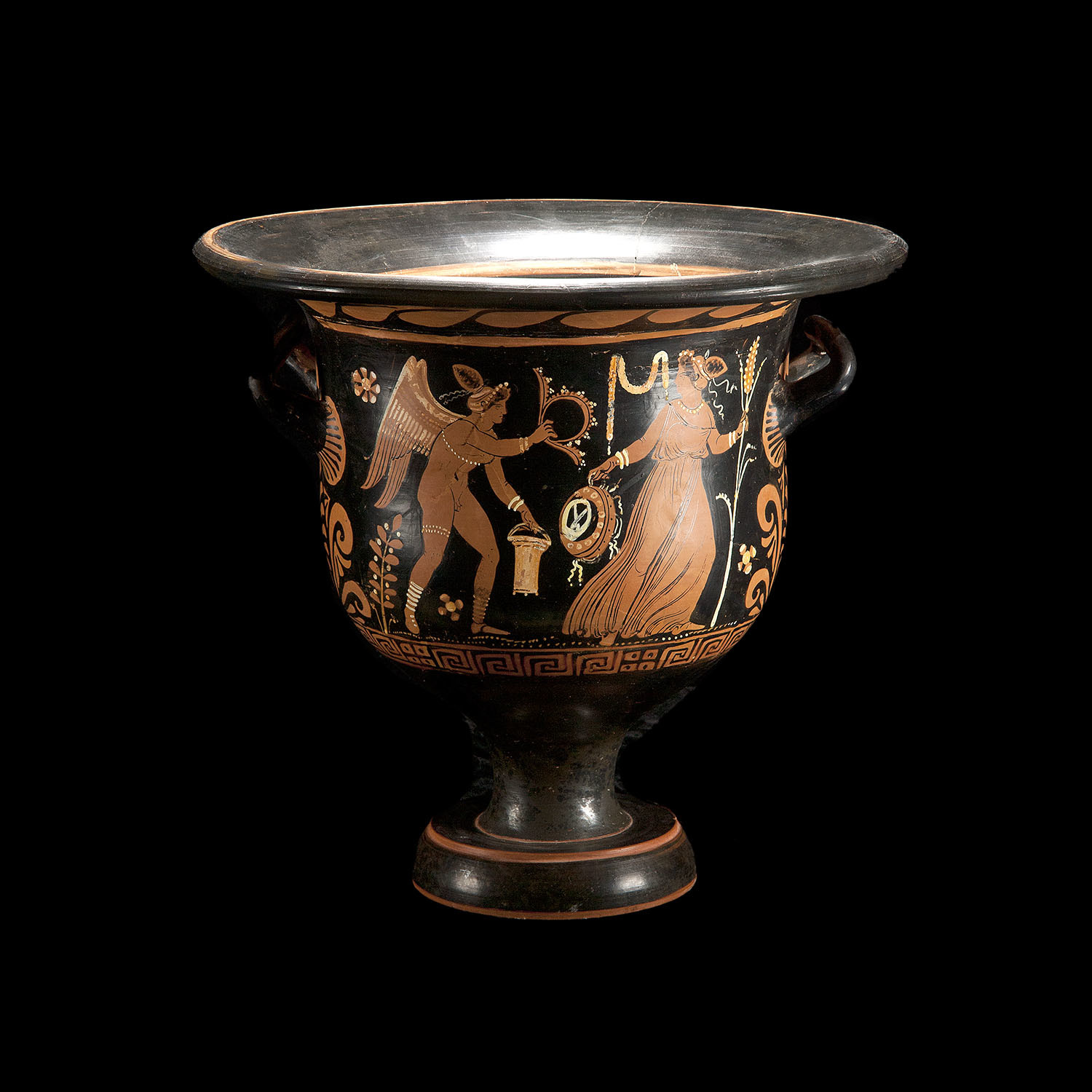For example, in Rev 11 we have an account of the 2nd Coming with the coming of God's Kingdom to earth. We have the same thing occurring in Rev 19, as well as references to that event in a number of visions, such as in Rev 14. There is no necessity to place the order of John's narrative in a strict chronological sequence simply because he speaks of "future" things or simply because some of the events he mentions do have a chronological sequence.
I don't know what bible version you're reading, I use NKJV only. Interestingly, After the second coming and God's kingdom at the end of chapter 11, chapter 12 begins with "now", and from thereon, it's always "then", one after another, and "after" in chapter 18 and 19. Also, in 4:1 John was in heaven, in 13:1 John was standing at the "sands of the sea", that's a reference of Abraham's descendants who'd be as numerous as the "sands of the sea". That's why I tend to believe in two parallel accounts, one from the perspective of heaven from chapter 4 to 11, the other from the persepctive of earth from chapter 13 to 19, chapter 12 is the transition or interlude. Nonetheless, in each account there's a coherent narrative in clear chronological order indicated by the "thens".
Now a great sign appeared in heaven (Rev. 12:1)
Then I stood on the sand of the sea ... (Rev. 13:1)
Then I looked, and behold, a Lamb standing on Mount Zion ... (Rev. 14:1)
Then I saw another sign in heaven (Rev. 15:1)
Then I heard a loud voice ... (Rev. 16:1)
Then one of the seven angels ... (Rev. 17:1)
After these things ... (Rev. 18:1)
After these things ... (Rev. 19:1)
"Then" may refer to the narrative sequence, and not to the order of events. They are the order in which John sees the visions, and not necessarily the chronological order of their fulfillment.
Why not? If God showed these events in order, but these events dont fulfill in such order, God would be lying.
For example, John sees Christ's Return in Rev 11, and "then" sees the vision of the Dragon in Rev 12. The fact he sees the coming of the Kingdom in Rev 11, and "then" sees the vision of the Dragon and the Beast in Rev 12 and 13 does not necessitate we view the order John sees them as fulfilled in a strict chrononlogical sequence!
As I said, it's "now" in 12:1, not "then", a new sequence of events starts from there. As the Dragon was cast down from HEAVEN to EARTH, John's vision followed him from heaven to earth, and that does necessitate an order of fulfillment - the Dragon went down, the Sea Beast rose up; the Sea Beast got hit in the head and miraculously healed, the Earth Beast rose up. The only bottom line is that all these apocalytic events from chapter 4 to 19 are confined in a 3.5 year span, which is mentioned 5 times in total - twice in chapter 11, twice in chapter 12, once in chapter 13. Those are not 17.5 years or 7 years, but the same 3.5 years.
Did you know there is a Psalm ordered by Hebrew alphabet? The order of verses in Psalm 119 does not imply a chronological order except in the order the Psalmist delivers it.
It does not contain any sense of a prophetic timing sequence at all. Neither do the 7 Trumpets state explicitly that their ordering demands a chronological sequence.
The order or sequence in which John saw the Trumpets is a *vision* and not explicitly said to be fulfilled in chronological sequence. It is chronological as John sees the visions, but that does not mean they are fulfilled in a chronological sequence. You don't seem to understand the difference?
There are other reasons that prophesied events can be listed as a sequence other than an implied chronological sequence. They may be a simple list, ordered by alphabet, geography, or intensity. Chronology is only one of many reasons a list may be ordered.
God
is not a man, that He should lie,
Nor a son of man, that He should repent.
Has He said, and will He not do?
Or has He spoken, and will He not make it good? (Num. 23:19)




